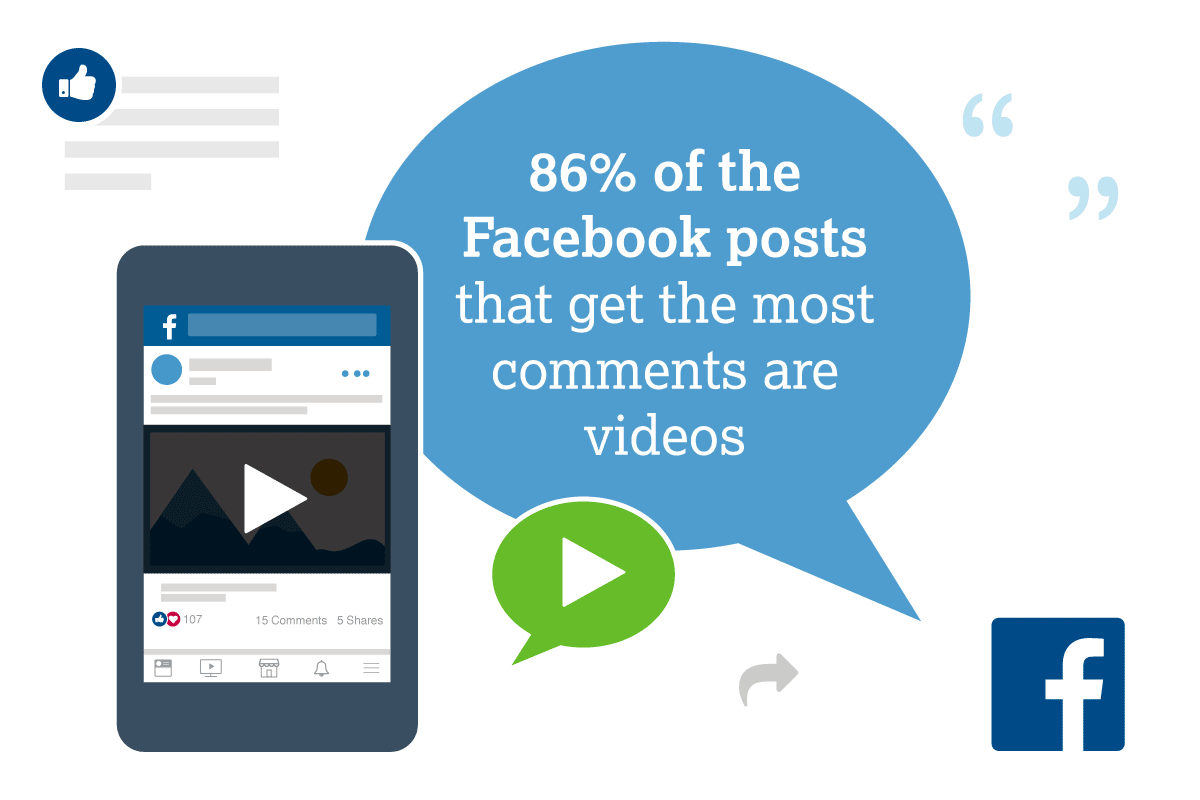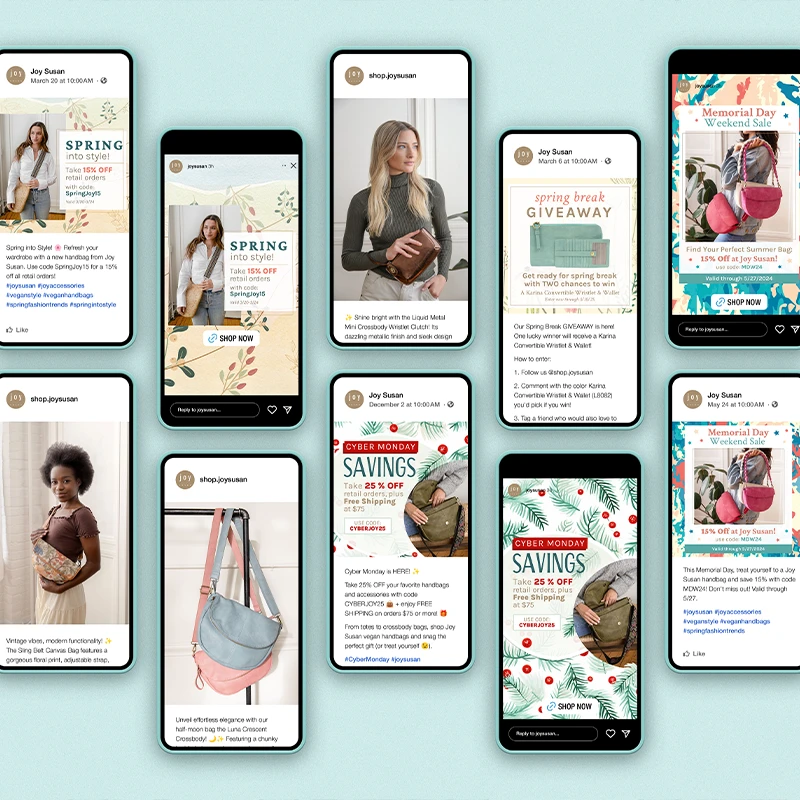Get More Comments on Your Facebook Posts (Without Using Engagement-Bait)

For a business, being on Facebook is a no-brainer: it allows you to promote your brand, communicate directly with your customers, give your company a more personal voice, and stay relevant and top-of-mind with your target audience. But increasingly, reaching your audience on Facebook requires more than just setting up a business page and writing regular posts: you need to persuade your audience to engage with your content.
According to an analysis by BuzzSumo and Buffer of 43 million Facebook business page posts, Facebook page engagement has dropped more than 50%. For businesses, that decline in engagement has been made worse by changes to Facebook’s News Feed algorithm, which favors posts from friends and family over posts from Facebook business pages.
Likes, Comments, and Shares

When it comes to getting more engagement on Facebook, comments on your posts are the gold standard. Likes can make your business seem more legitimate, and shares show that people are interested enough in your content to pass it on to friends, but comments show real engagement.
If someone takes the time to post a comment, that shows they’re truly interested in your content, which means Facebook will recognize that your content is creating conversations and meaningful interactions between people, and is therefore more likely to prioritize that content in the News Feed.
Adam Moressi, head of News Feed at Facebook, said in a January 2018 blog post that Facebook will prioritize “posts that inspire back-and-forth discussion in the comments and posts that you might want to share and react to—whether that’s a post from a friend seeking advice, a friend asking for recommendations for a trip, or a news article or video prompting lots of discussion.”
While you want more comments, Facebook cautions against asking for them. “Using ‘engagement-bait’ to goad people into commenting on posts is not a meaningful interaction, and we will continue to demote these posts in News Feed,” said Moressi.
Engagement-baiting includes:
- Vote-baiting: Asking visitors to cast an opinion using a like response, share, or comment
- React-baiting: Expressing an opinion in a post and asking people to “like if you agree”
- Share-baiting: Encouraging people to share a post if they agree with the content, or in order to win a prize or be entered in a contest
- Tag-baiting: Asking followers to tag someone in the comments
- Comment-baiting: Asking followers to comment on the post
So how do you get more Facebook comments without baiting? Follow these tips:
- Ask for authentic input. Asking followers to comment for no real reason is a no-no, but posts that ask for comments for authentic reasons, such as asking for advice, recommendations, help, or tips, will not be penalized. It’s fine to ask customers to share their best tips for using your products, for example, or how they think your products or services could be improved.
- Use visual content. Unless it's a very compelling story or deals with a hot-button issue, a post that includes just text is unlikely to get many reactions. According to a study by NewsWhip, which tracks social media engagement, 86% of the Facebook posts that get the most comments are videos, and 14% are pictures.
- Ask questions. Asking a question in a post is a great way to encourage engagement and interaction with your Facebook followers, but according to a study by HubSpot, some types of questions are better than others. HubSpot found that posts that use the words “should,” “would,” “which,” and “who” get the most comments, and those that use the words “why” and “how” get the fewest comments.
- Post interesting content that people will want to talk about. NewsWhip found that posts that are controversial, related to top news stories, or involve an usual topic tend to get the most comments. Many businesses are wary of getting political on their pages, but there's always less-volatile local news to post about, like favorite sports teams or regional events.
- Provoke an emotional response. Social posts that go viral almost always evoke a strong emotional reaction. To get more engagement, craft posts that surprise your readers or make them cry, laugh, or get angry.
- Post a photo and ask followers to write a caption. Choose a funny or interesting image and let visitors compete to come up with the best caption.
- Try a fill-in-the-blank post related to your business. Fill-in-the blank posts ask readers to provide a word or phrase that completes a statement. Not only does this encourage comments, since they fill in the blank by posting a comment, it can also give you valuable information about your audience.


